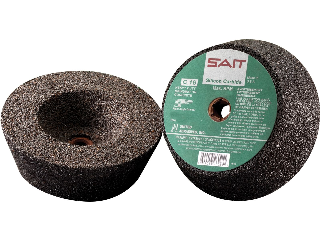Various types of concretes available with different components for different uses

The plain solid will have no support in it. The principal constituents are the concrete, totals, and water. The most generally utilized blend configuration is 1:2:4 which is the typical blend plan. The thickness of the plain solid will fluctuate somewhere in the range of 2200 and 2500 Kg/meter blocks. The compressive strength is 200 to 500 kg/cm2. These sorts of cement are chiefly utilized in the development of the asphalts and the structures, particularly in regions where there is less interest in high elasticity. The toughness given by this sort of cement is good to a serious degree. The concrete grinding shows its ability to adapt in all situations depend on its mixing.
Supported Concrete
The supported concrete cement is characterized as the solid to which support is acquainted with bear the rigidity. Plain concrete is feeble in strain and great in pressure. Thus, the position of support will assume the liability of bearing the elastic burdens. R.C.C works with the joined activity of the plain concrete and the support. The steel support utilized in the solid can be as poles, bars, or as lattices. Presently filaments are additionally evolved as support. Fibre-built-up concrete will be solid that utilization filaments (steel strands) as support for the solid. Utilization of lattices in solid will give ferrocement. Whatever be the kind of support utilized in solid, it is important to guarantee a legitimate connection between the solid and the support. This bond will control the strength and the solidness variables of the solid.
Prestressed Concrete
A large portion of the uber solid tasks is brought out through prestressed solid units. This is a unique strategy wherein the bars or the ligaments utilized in the solid are pushed before the genuine help load application. During the blending and the setting of the solid, these tensioned bars are set immovably and held from each finish of the underlying unit. When the solid sets and solidify, the primary unit will be placed in compression. This wonder of prestressing will make the lower segment of the solid part to be more grounded against the strain. The interaction of prestressing will require hefty hardware and work expertise (jacks and gear for tensioning). Consequently, the prestressing units are made at the site and gathered at the site. These are utilized in the utilization of scaffolds, weighty stacked designs, and rooftops with longer ranges.
Lightweight Concrete
Solid that have a thickness lesser than 1920kg/m3 will be classified as lightweight cement. The utilization of lightweight totals in a solid plan will give us lightweight totals. Totals are the significant component that adds to the thickness of the solid. The instances of lightweight totals are the pumice, perlites, and scoria. The lightweight concrete is applied for the security of the steel structures and is additionally utilized for the development of the long-range connect decks. These are likewise utilized for the development of the structure blocks.
High-Density Concrete

The cement that has densities going between 3000 to 4000 kg/m3 can be called heavyweight concrete. Here significant burden totals are utilized. The squashed rocks are utilized as the coarse totals. The most regularly utilized significant burden totals are Barytes. These kinds of totals are most ordinarily utilized in the development of nuclear force plants and for comparable ventures. The significant burden total will assist the construction with opposing all conceivable kinds of radiations.
